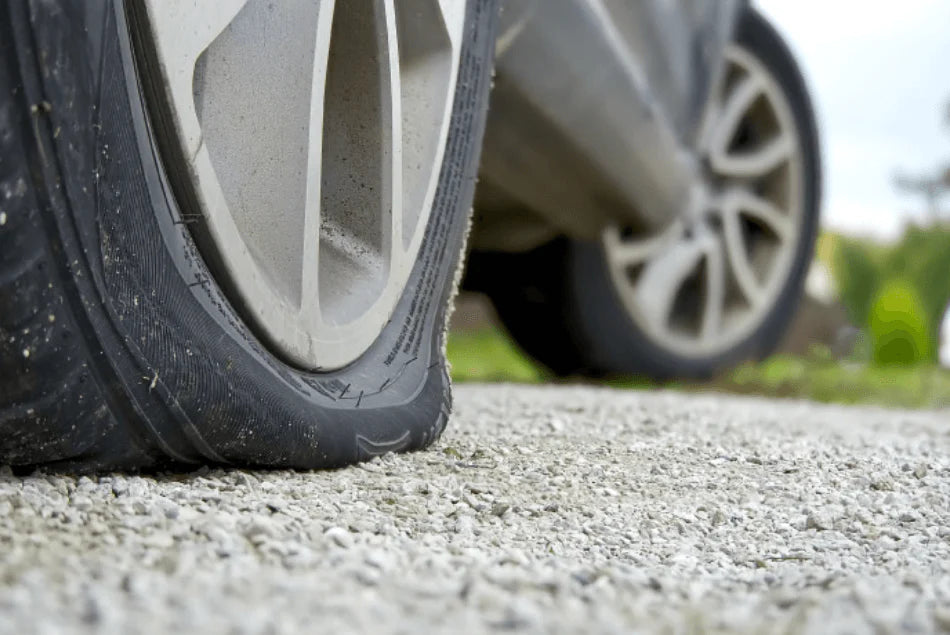Not sure if you need a Tire Pressure Monitoring System (TPMS) or not? We explain what a TPMS is and how you and your vehicle can benefit from it.
Keeping an eye on tire pressure is incredibly important for all drivers, whether you drive a car, motorcycle, RV, bus or coach. Poorly inflated tires can affect their performance, including load capacity, overall safety and durability. Not to mention the increase in cost and travel time due to faster fuel consumption and tire wear.
Here at Snooper we like to take care of drivers, which is why we manufacture and sell Tire Pilot Tire Pressure Monitoring Systems (TPMS). To introduce you to TPMS, we explain what it is, how it works and what advantages it offers.
What is a tire pressure monitoring system?
A TPMS is a device that monitors your vehicle's tire pressure 24/7 and alerts the driver to any pressure imbalances or temperature changes. Alerts are provided early enough to respond and can be both audible and visual.
It is now a legal requirement that all passenger cars, including new models, manufactured after January 2012 and registered after November 2014 must be fitted with a TPMS. Checking a TPMS is now part of the MOT test and if you find you own a car with a faulty system you will fail.
At Snooper, Tire Pilot devices come in two options; a standalone device or a Bluetooth attachment that connects to a Snooper navigation system or even a smartphone app. We have sensors suitable for cars and trucks up to 188 PSI.
Types of tire pressure monitoring systems
There are two types of TPMS; everyone works differently:
Indirect TPMS

The indirect TPMS does not have an air pressure sensor in the tire. Instead, an estimate is made based on wheel speed via the anti-lock braking system (ABS). When the pressure in one tire decreases, it rolls slower than the others and the indicator light on the dashboard comes on. However, this system is inaccurate as there may be no warning if all four tires have lost pressure at the same time.
Direct TPMS

Direct TPMS is Tire Pilot's preferred type and uses wheel-mounted sensors that transmit regular reports of pressure and temperature to the dashboard.
What are the advantages of tire pressure monitoring systems?
The benefits of using a TPMS include:
Improved security
Using a TPMS ensures your vehicle's tires are properly inflated, which can contribute to shorter and more reliable braking sessions. Damaged tires heat up more and there is a risk of bursting.
Lower fuel consumption
Less fuel consumption translates into lower running costs for a vehicle.
More durable tyres
Monitoring tire pressure and temperature reduces the likelihood of damage and punctures. Plus, you don't have to pay for regular tire pressure monitoring checks.
Environmentally friendly
Keeping your vehicle's tires properly inflated will optimize driving performance, resulting in a reduction in carbon dioxide (CO2) emissions.
With reduced costs, increased safety and environmental protection, all the benefits of owning a TPMS - in addition to the legal requirement - there really is no excuse why you shouldn't own one.



